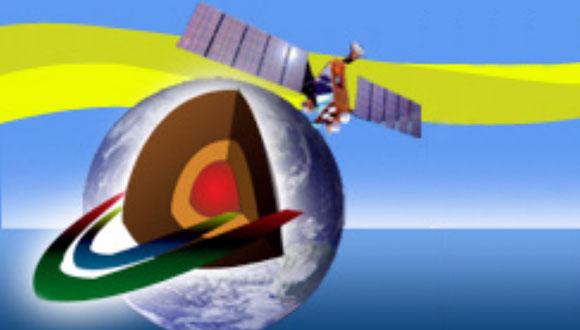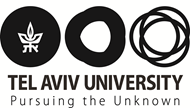Dept. of Geosciences Colloquium: The Potential of Smartphone Data in Monitoring and Understanding Natural Hazards and Other Geophysical Phenomena
Hofit Schchaf, Phd candidate of Prof. Colin Price
Zoom: https://tau-ac-il.zoom.us/j/83294569872?pwd=WmdPUWRPdGVQejIvcXhsQmFJY094UT09
Abstract:
Until today, data collection for Earth science research has been done using traditional methods such as stationary measurement stations, satellites, with various types of expensive sensors. This research explores the potential hidden in smartphones as accessible, affordable, and globally distributed measurement tools. Each mobile phone, owned by each one of us, contains dozens of sensors capable of collecting various environmental data at high sampling rates. This research examines the potential of the vast number of phones scattered around the globe for research purposes. Among the possible uses are early warning systems and disaster risk assessments.
In our mobile phones, we have a large number of sensors operating in the background: light sensor, sound sensor, precise location (GPS), acceleration (and gravity), atmospheric pressure, temperature, relative humidity, magnetic field, and more. This research focuses on four of them: atmospheric pressure sensor, temperature, relative humidity and the magnetic field sensor. Using data from these sensors, the feasibility and quality of monitoring were investigated, as well as the potential for predicting events such as wildfires and earthquakes. Additionally, with these data, we explored other atmospheric phenomena: how does an eclipse influence the atmospheric pressure, the influence of geomagnetic storms on the Earth’s magnetic field, and we even managed to observed atmospheric tides.
To assess the reliability of these sensors, we examined them by performing controlled experiments conducted using a set of stationary mobile phones. One goal was to compare the sensor data from mobile phones to data measured by conventional measurement stations. Another goal was to test the influence of the local environment on the sensors, such as a direct heat source (direct sunlight) or exposure to radioactive sources (gamma radiation). In the main part of this research, we used crowd source data from a wide distribution of mobile phone users through an application called WeatherSignal (data provided by OpenSignal) to conduct a comprehensive comparison with data from commercial weather stations and meteorological models (such as ERA5).
Through direct comparisons of variables and relevant indices (such as the vapor pressure deficit -VPD), we reached interesting conclusions regarding the sensors themselves and the usability of the data obtained from them for monitoring and prediction of geophysical events. We found that atmospheric pressure data from mobile phones are highly reliable, while temperature and relative humidity data require more calibration. These sensors respond more slowly to environmental data changes and are also influenced by battery temperature. The magnetic field data was found to be less reliable due to the ease of environmental influence on the sensor and its low calibration capability. However, when using stationary phones and the magnetic background is known, the magnetic sensor can be used to detect small changes in the magnetic field with high accuracy.
In summary, the research examines the strengths and weaknesses of using data coming from smartphones compared to data from conventional measurement stations. It also examines the capabilities of mobile phones as both stationary measurement tools and as a crowd source data (while acknowledging that phones are not stationary). From the research, it is clear that data from mobile phones are not as precise as data from commercial measurement stations. However, the wide distribution and shear number of mobile phones compensate for this, especially when we seek to study changes and fluctuations rather than absolute values. This research demonstrates the potential of mobile phones as a new and valuable additional source of data, allowing us to better understand natural phenomena and monitor them without being limited to expensive and stationary measurement stations.
Event Organizer: Dr. Roy Barkan


